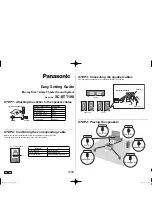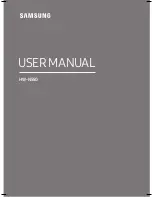
38
Heat sealing
10 Heat
sealing
The machine may only be operated by properly instructed personnel. The oper-
ating personnel must make sure that only authorised persons are in the danger
zone of the machine.
In particular for production, in addition to the input menu (see Chapter
11
Input), the „heat
sealing“ mode is available, in which, irrespective of the program selected and the machine
status, all functions and settings relevant for the sealing operation are shown on the display.
With the program selection function, following production types can be selected in the "heat
sealing" mode, see Chapter
9
.
02
Selecting the production type
:
Manual heat sealing, see Chapter
10.02
Programmed heat sealing with individual programs, see Chapter
10
.
04
Programmed heat sealing with sequences, see Chapter
10
.
06
10
.01
Heat sealing principle
To achieve optimum sealing results, certain conditions must be fulfi lled with regard to mate-
rial and machine setting.
The material must:
- be heat-sealable, and
- suitable for being processed by the machine with regard to thickness and structure.
In the seam area, the material to be heat sealed must be clean and free from separating
agents, such as e.g. oil or silicone.
The basic conditions depending on the sealing device are:
- correct working temperature of the hot wedge or hot air temperature (sealing temperature);
- correct contact pressure of the hot wedge and the correct position of the hot air nozzle;
- correct setting for the hot air volume;
- correct choice of feed rollers (silicone or steel);
- optimum pressure of the feed rollers on the material being sealed (roller pressure);
- correct distance between the feed rollers and
- correct sealing speed (feed stroke).
All the settings of the heat-sealing device are principally dependent on the ma-
terial being sealed and the ambient temperature. Due to the infl uence of the in-
dividual operating parameter on each other, it is only possible to determine the
optimum setting values by carrying out test sealing operations.
















































